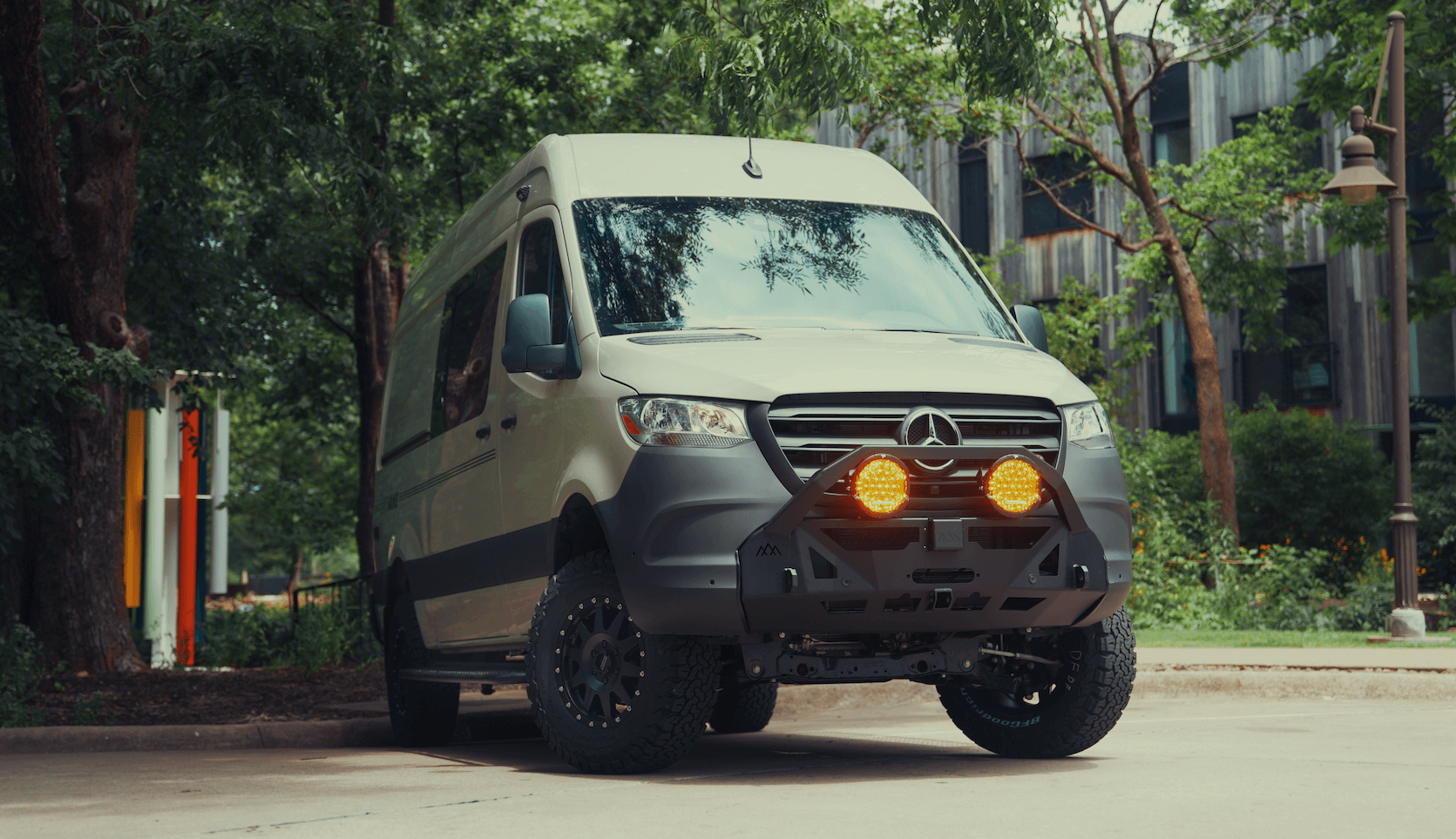Recreational Vans

Military surplus vans can be former cargo haulers, communications units, ambulances, or shelter carriers. The draw is rugged construction, high payload ratings, and simple interiors that invite a clean slate build. Before buying, inspect the frame for corrosion, especially around body seams and undercarriage components that have seen road salt or storage yard moisture. Confirm drivetrain details like axle ratio, transfer case function if four wheel drive, and service records if available. Expect older powertrains to prioritize torque over efficiency, which affects fuel economy and highway manners.
Common platforms include Ford E series and Chevy Express based units, sometimes with factory or aftermarket four wheel drive. You may also find box style vans on medium duty frames that ride stiffer and turn wider. Ambulance conversions often come with heavy duty alternators and auxiliary wiring, which can be repurposed. Verify gross vehicle weight rating and payload to ensure your planned interior and gear will not exceed limits. If the vehicle uses a unique axle or transmission, confirm parts availability in your region.
Surplus vehicles can sit for long stretches. Look for bubbling paint at drip rails, door thresholds, and wheel arches. Open every door and cabinet to spot condensation trails or mildew. Tap suspect panels with a plastic trim tool to find hidden soft spots. Inspect roof seams and any prior antenna or light penetrations for water ingress. A clean body saves thousands in prep before insulation and interior finishes.
A low purchase price can hide catch up costs. Plan for baseline maintenance such as brakes, cooling system, belts, fluids, tires, and steering components. Build a contingency for electrical cleanup, as retired comms vans may have bundles of non standard wiring. Add reserves for window seals, weatherstripping, and sound deadening. A sound chassis with fresh service work makes a reliable foundation for the conversion phase.
Surplus vans may run 24 volt systems, dual alternators, or mixed voltage accessories. Decide early whether to retain any original circuits or strip to a clean primary harness. A modern conversion typically uses a dedicated house battery bank, inverter charger, solar input, and proper fusing with labeled distribution. Keep heavy components low and centered to maintain handling and braking performance.
Document every circuit in a simple schematic. Size wire gauges for expected loads and run protected cabling through grommets. Use a shunt based battery monitor for clear state of charge readings. If the engine alternator will charge the house bank, install an appropriate DC to DC charger to protect both systems. For quiet camp life, layer solar and shore charging to reduce generator dependence.
Bare metal shells benefit from a three part approach. First, targeted sound damping on large panels. Next, a thermal barrier using closed cell foam or wool based insulation that manages moisture. Finally, a finished layer that resists abrasion. Balanced airflow matters. A roof fan paired with low mounted intake vents clears heat and cooking moisture while preserving stealth. Blackout window covers add privacy and thermal performance.
Start with a scaled floor plan. Anchor cabinetry to structural ribs, not just thin skin. Use aluminum or high grade plywood to reduce weight without sacrificing strength. Prioritize through body storage for long items like skis or recovery boards. Secure propane or alternative fuels in vented lockers. If you need motorcycle or mountain bike space, plan track systems and drain friendly flooring near the rear.
A surplus van must move from demobilized asset to road compliant vehicle. That includes titling, registration, and insurance aligned with your state rules. Seating and belts must meet safety standards, so use engineered mounts with proper reinforcement. Fire safety, gas detection, and egress plans are non negotiable in compact interiors.
Confirm that the release paperwork allows civilian titling in your state. Some regions require inspections for rebuilt or modified vehicles. Photograph the vehicle throughout the build to document workmanship for insurers. Keep receipts for electrical and fuel components. Verify that added windows or exterior accessories do not exceed width or height limits.
Weight changes the way a van rides. Once interior components are in, measure axle weights and select springs and dampers that match the final load. Quality shocks reduce porpoising on highways and washboard chatter on forest roads. A moderate all terrain tire improves traction without overwhelming braking performance. Align the van at final ride height to protect tire life.
Recovery points rated for the chassis give confidence off pavement. Add lighting that supports work zones and safe night driving without glare. Keep communications simple with a reliable cellular booster or satellite internet when you travel beyond coverage. Mount external gear securely to avoid rattles and protect fuel economy.
A military surplus van conversion rewards careful planning, steady craftsmanship, and system level thinking. If you want a finished rig that behaves like a modern vehicle, a professional custom shop can shorten the path. OZK Customs builds complete custom vans with integrated power, safe interiors, and clean finishes that feel cohesive on the road and in camp. Our team in Fayetteville Arkansas designs around your use case and returns a van that starts, drives, and functions as a unit.
Ready to move from idea to a dependable build you can trust on long trips and local routes alike
Tell us how you travel, and we will turn a surplus platform into a reliable custom van. Schedule your consult with OZK Customs to get a clear plan, a precise quote, and a build slot that fits your timeline. We will deliver a road ready rig with the systems, storage, and comfort you need for every mile.
Ready to turn a surplus van into a dependable adventure or work rig? Book a build consult with OZK Customs. Our team designs and builds complete custom vans with proven power systems, safe interiors, and clean finishes that pass real world tests. Tell us how you travel, we will blueprint the solution and deliver a road ready van you can trust.
ADDRESS:
6159 E Huntsville Rd, Fayetteville, AR 72701
PHONE:
(479) 326-9200
EMAIL:
info@ozkvans.com